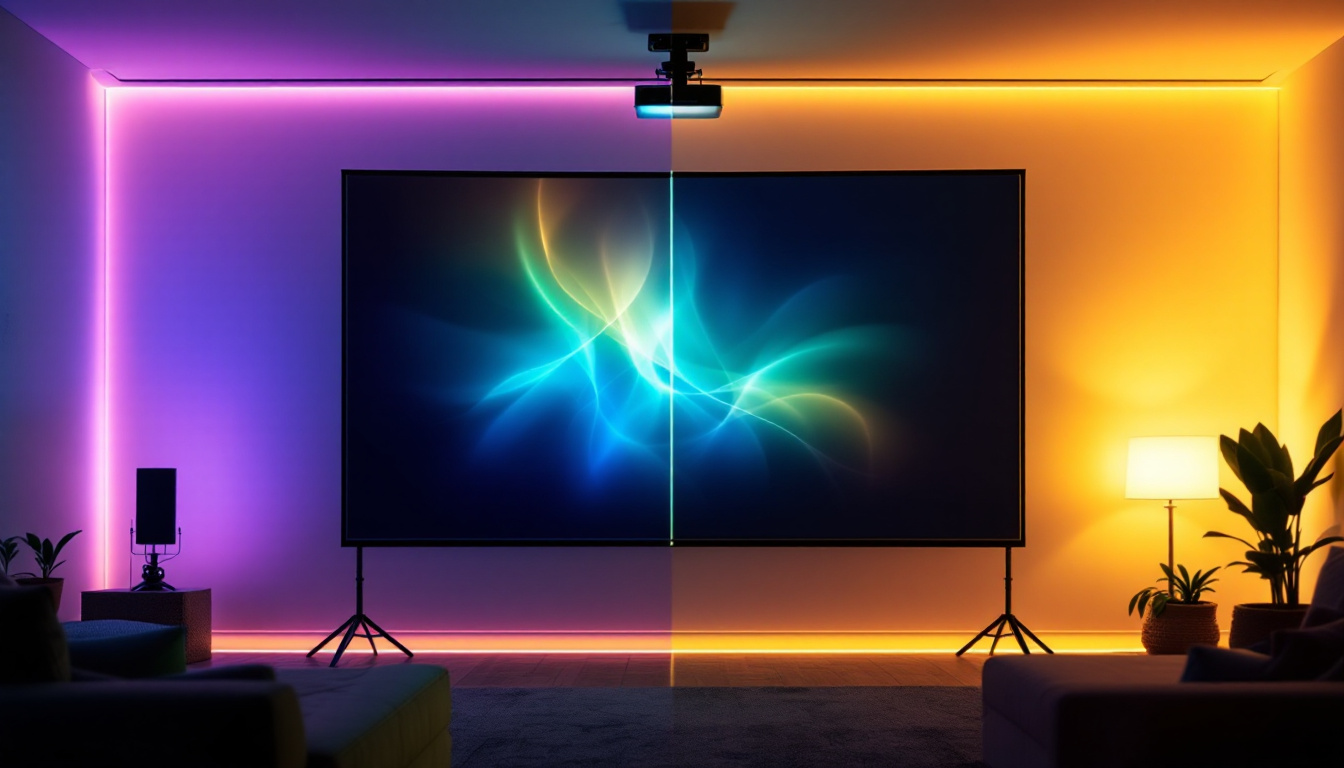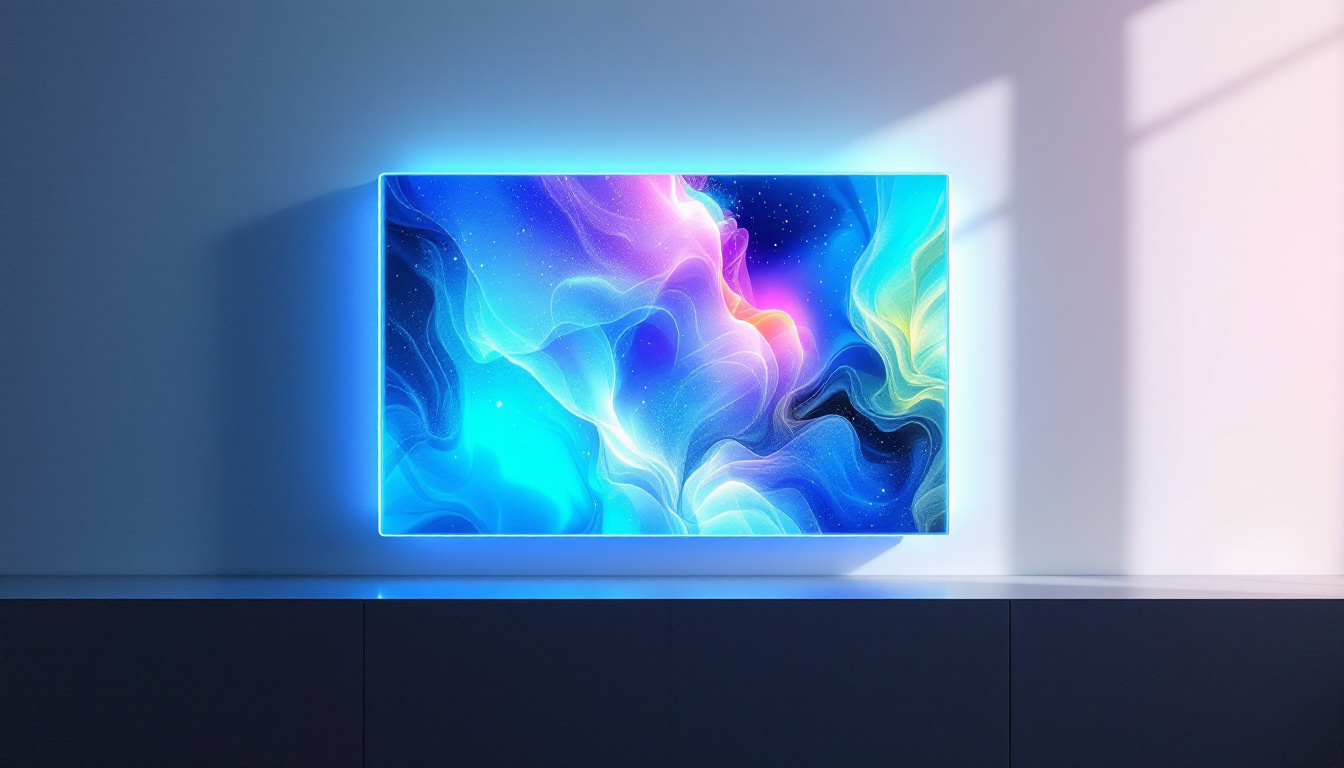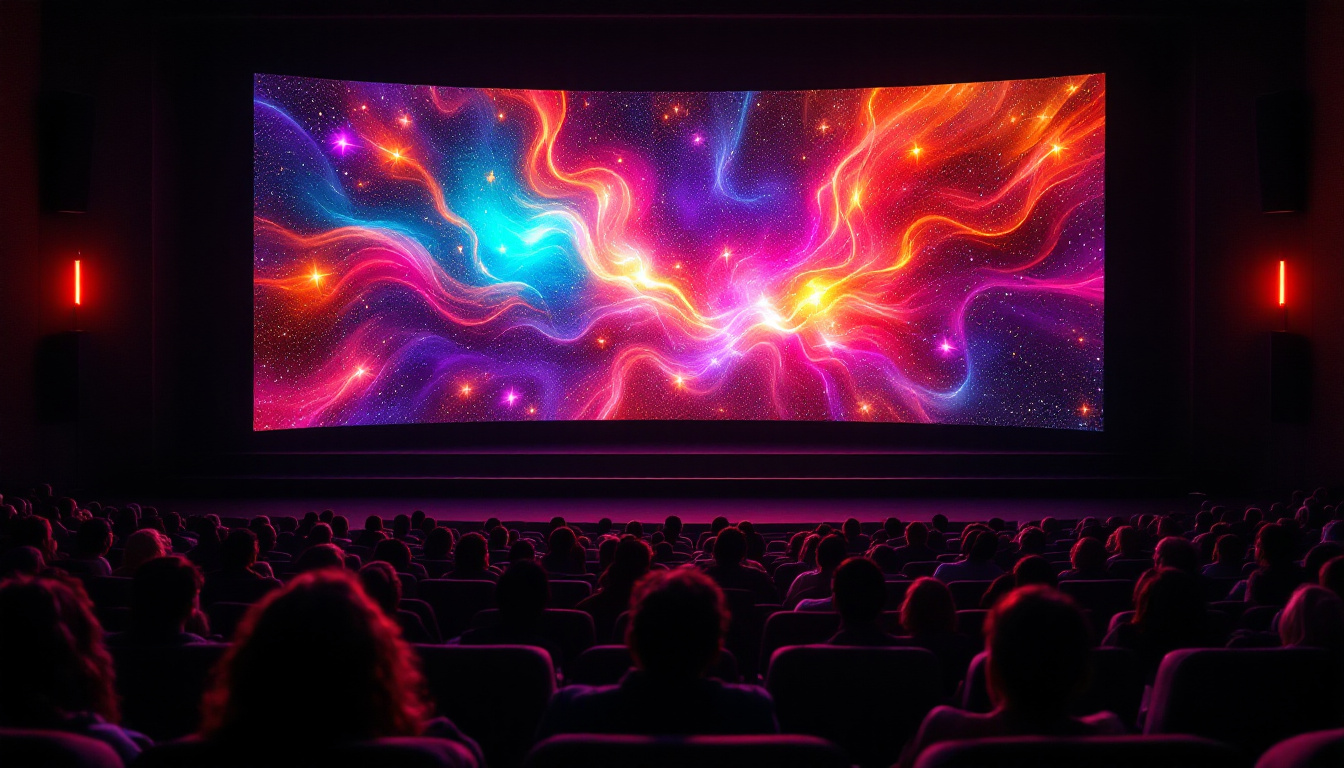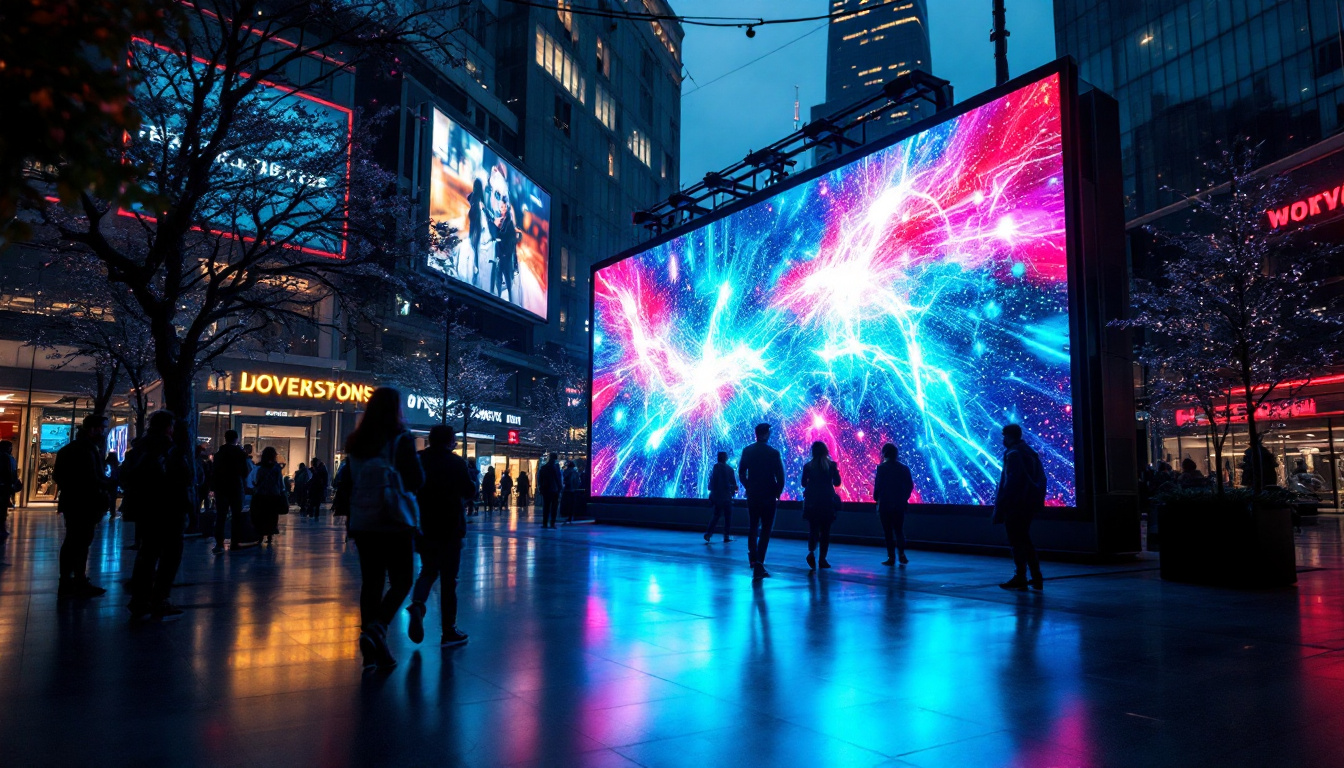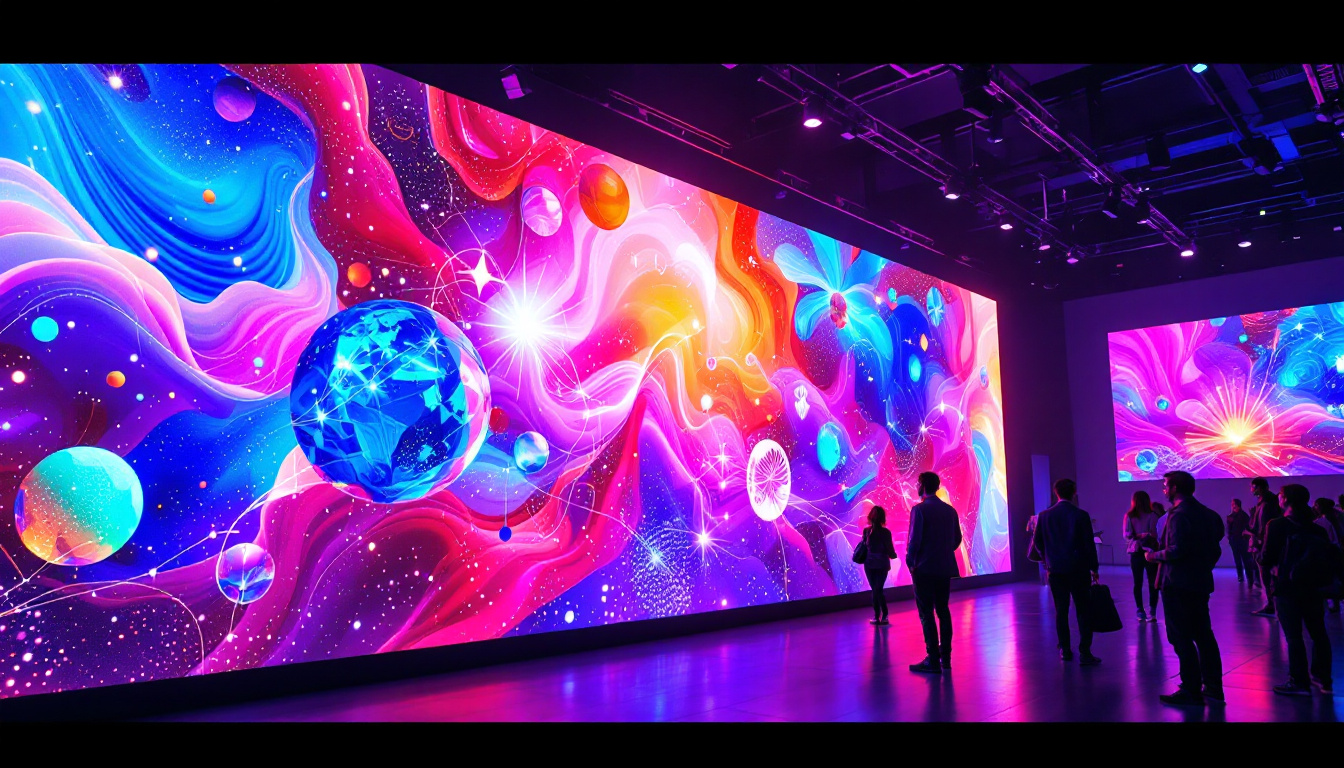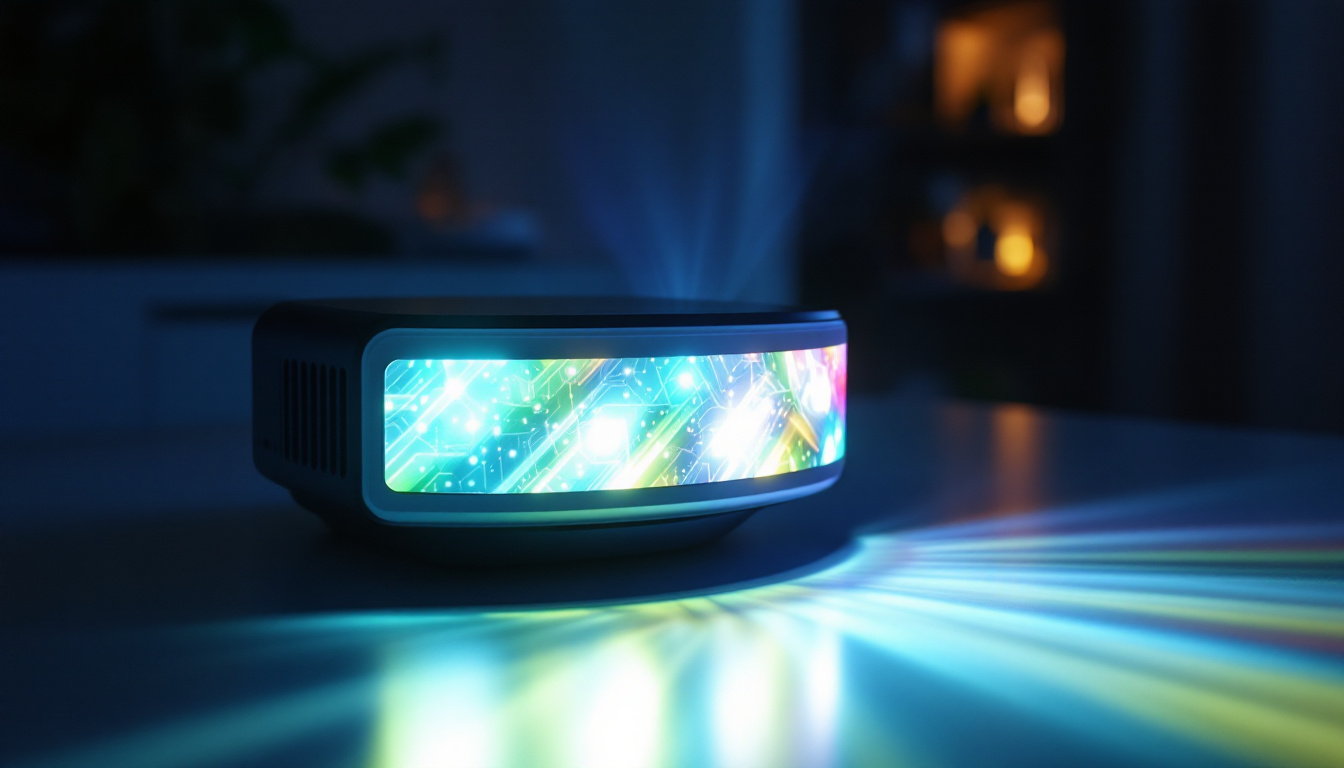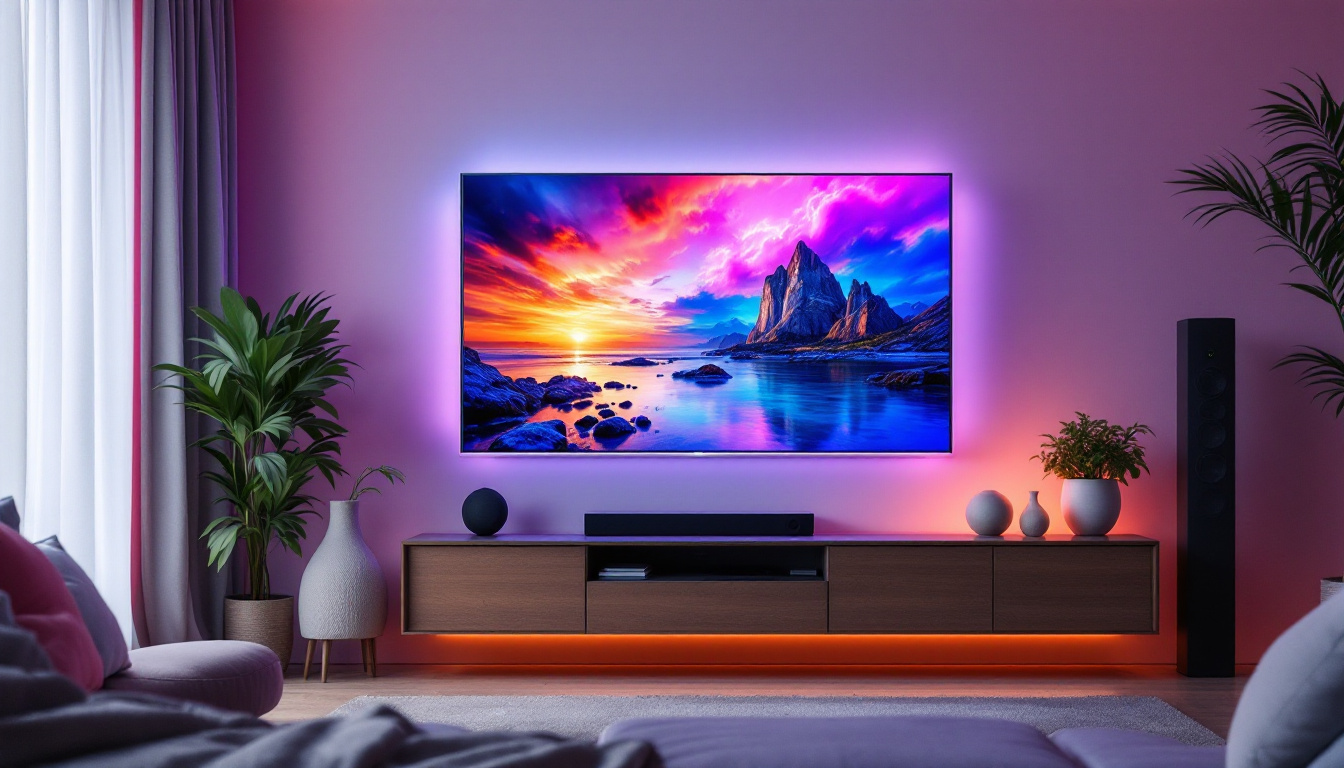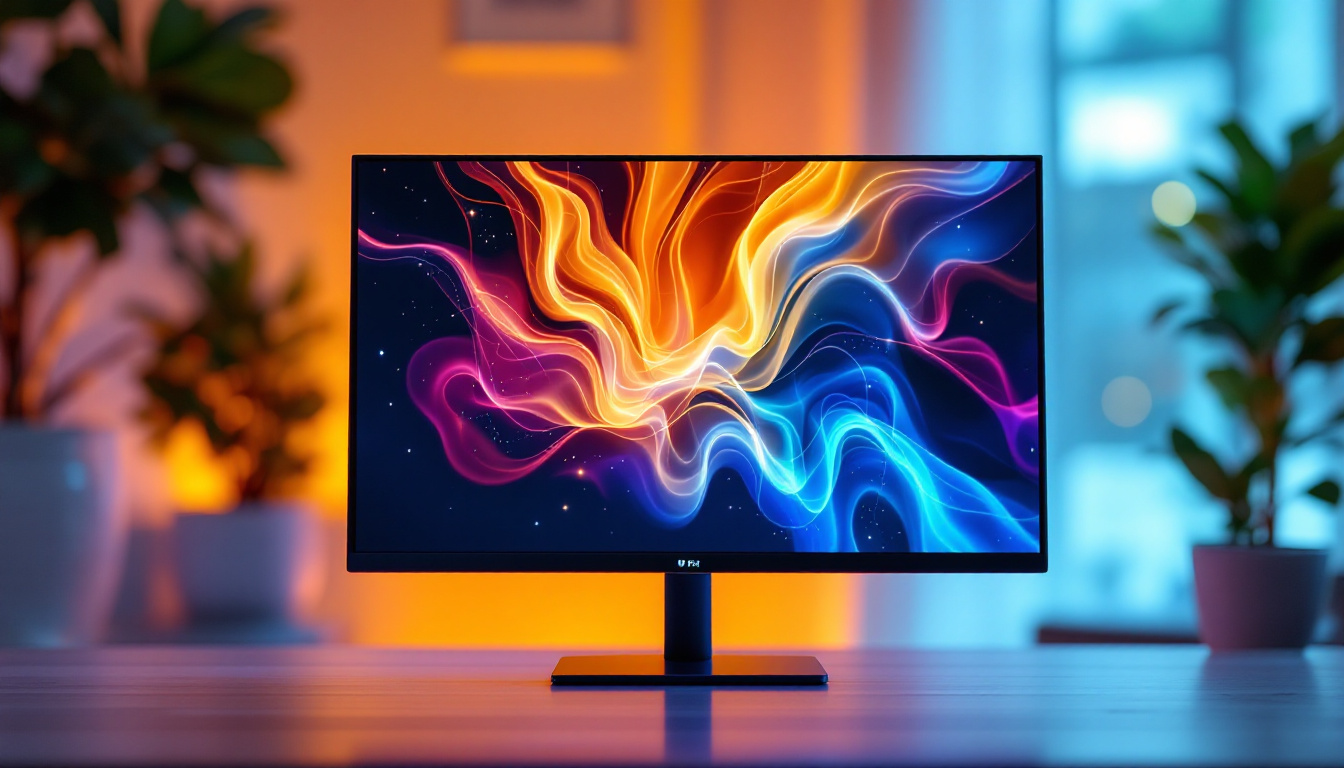In the world of projectors, technology has evolved significantly over the years, leading to a variety of options available for consumers. Among these, LCD (Liquid Crystal Display) and LED (Light Emitting Diode) projectors are two of the most popular choices. Understanding the differences between these technologies is crucial for anyone looking to invest in a projector, whether for home entertainment, business presentations, or educational purposes. This article delves into the intricacies of LCD and LED projectors, comparing their features, advantages, and potential drawbacks.
Understanding LCD Projectors
LCD projectors utilize liquid crystal displays to project images. They work by passing light through liquid crystals, which modulate the light to create an image. This technology has been around for several decades and has established itself as a reliable option for various applications, ranging from home theaters to business presentations. The evolution of LCD projectors has seen significant advancements in resolution and brightness, making them an increasingly popular choice for both casual and professional use.
How LCD Projectors Work
At the core of an LCD projector are three separate panels, each corresponding to the primary colors: red, green, and blue. Light from a lamp is split into these three colors, which then pass through the liquid crystal panels. The crystals adjust the amount of light that passes through, creating the desired image. The three color images are then combined and projected onto a screen. This process allows for a high degree of control over the image quality, enabling users to achieve sharp, clear images even in larger formats. Furthermore, advancements in technology have led to the development of high-definition LCD projectors that can support resolutions up to 4K, providing stunning visual clarity for both movies and presentations.
Advantages of LCD Projectors
One of the primary advantages of LCD projectors is their ability to produce bright and vibrant colors. This makes them particularly suitable for environments with ambient light, such as classrooms and conference rooms. Additionally, LCD projectors typically offer better color accuracy and saturation compared to their DLP (Digital Light Processing) counterparts. Users often appreciate the rich color reproduction, which enhances the viewing experience, especially for multimedia presentations that include images and videos.
Another benefit is their relatively low cost and wide availability. LCD projectors are often more affordable than LED projectors, making them an attractive option for budget-conscious consumers. Furthermore, they come in a variety of models, catering to different needs and preferences. From portable options for on-the-go presentations to high-end models designed for home theaters, the versatility of LCD projectors allows users to find a solution that fits their specific requirements. Moreover, many models now include features such as wireless connectivity and built-in speakers, further enhancing their usability in various settings.
Potential Drawbacks of LCD Projectors
Despite their advantages, LCD projectors do have some drawbacks. One notable issue is the potential for “screen door effect,” where the grid of the LCD panels becomes visible, especially in lower-resolution models. This can detract from the viewing experience, particularly when displaying detailed images. Users may find that higher-resolution models mitigate this issue, but it remains a consideration for those looking to invest in an LCD projector.
Additionally, LCD projectors typically require more maintenance than LED projectors. The lamps used in LCD projectors have a limited lifespan and may need to be replaced periodically, which can add to the overall cost of ownership. Regular maintenance is essential to ensure optimal performance, including cleaning the filters and checking for dust accumulation on the lenses. Some models also offer eco-friendly modes that extend lamp life, which can be a valuable feature for users looking to minimize both costs and environmental impact. Understanding these factors can help users make informed decisions when selecting an LCD projector that meets their needs.
Exploring LED Projectors
LED projectors, on the other hand, utilize light-emitting diodes as their light source. This technology has gained popularity in recent years due to its energy efficiency and longevity. LED projectors are often marketed as a more modern alternative to traditional lamp-based projectors.
How LED Projectors Work
LED projectors function by using an array of tiny diodes to generate light. Unlike traditional lamps, which can take time to warm up and cool down, LED lights turn on and off almost instantly. This allows for quicker setup times and less waiting for the projector to become operational.
In an LED projector, the light is typically passed through a color wheel or combined with other technologies, such as DLP, to create the final image. The result is a compact and efficient device that can produce high-quality images.
Advantages of LED Projectors
One of the standout features of LED projectors is their longevity. The LED light source can last up to 30,000 hours or more, significantly reducing the need for replacements. This not only saves money in the long run but also minimizes the hassle of maintenance.
Energy efficiency is another key advantage. LED projectors consume less power compared to traditional lamp-based projectors, making them a more environmentally friendly option. This efficiency also translates to lower operating costs, which can be a significant factor for businesses and educational institutions.
Potential Drawbacks of LED Projectors
While LED projectors offer many benefits, they are not without their limitations. One common issue is brightness. Although LED projectors have improved in this regard, they may still struggle in brightly lit environments compared to LCD projectors. This can limit their effectiveness in certain settings.
Additionally, the initial cost of LED projectors can be higher than that of LCD projectors. While the long-term savings on maintenance and energy costs can offset this, the upfront investment may deter some buyers.
Comparing Key Features
When deciding between LCD and LED projectors, several key features should be considered. These include brightness, color accuracy, maintenance, and overall cost. Understanding how each technology performs in these areas can help consumers make informed decisions.
Brightness
Brightness is measured in lumens, and it plays a crucial role in the performance of a projector. Generally, LCD projectors tend to offer higher brightness levels, making them more suitable for well-lit environments. However, advancements in LED technology have led to the development of brighter models, narrowing the gap between the two.
Color Accuracy
Color accuracy is essential for achieving a true-to-life image. LCD projectors are known for their vibrant colors and excellent saturation. LED projectors, while improving in this area, may still not match the color performance of high-end LCD models. For applications where color fidelity is paramount, such as graphic design or photography, this could be a deciding factor.
Maintenance and Longevity
As previously mentioned, LED projectors have a significant advantage in terms of maintenance. The long lifespan of LED lights reduces the need for frequent replacements, while LCD projectors typically require lamp changes every few thousand hours of use. This difference can impact the total cost of ownership over time.
Applications and Use Cases
Both LCD and LED projectors have their unique strengths, making them suitable for different applications. Understanding these use cases can help consumers choose the right projector for their needs.
Home Entertainment
For home theater enthusiasts, the choice between LCD and LED projectors often comes down to personal preference. LCD projectors are favored for their bright and vivid colors, making them ideal for movie nights or gaming sessions. However, LED projectors are gaining traction due to their compact size and energy efficiency, making them suitable for casual viewing.
Business Presentations
In a corporate setting, reliability and ease of use are paramount. LCD projectors are often preferred for business presentations due to their brightness and color accuracy, ensuring that charts and graphs are easily visible. On the other hand, LED projectors can be advantageous for mobile professionals who need a lightweight and portable solution.
Education
In educational environments, projectors are essential for engaging students. LCD projectors are commonly used in classrooms for their vibrant displays, which can captivate attention. However, LED projectors are becoming increasingly popular in schools due to their low maintenance and long lifespan, reducing the burden on educational institutions.
Cost Considerations
When evaluating projectors, cost is a significant factor. The initial purchase price, maintenance costs, and energy consumption all contribute to the total cost of ownership. Understanding these aspects can help consumers make a financially sound decision.
Initial Investment
Generally, LCD projectors tend to have a lower initial purchase price compared to LED projectors. This makes them an attractive option for those on a budget. However, it’s essential to consider the long-term implications of this choice, as LED projectors may offer savings in maintenance and energy costs over time.
Long-Term Costs
While the upfront cost of LED projectors may be higher, their longevity and energy efficiency can lead to significant savings in the long run. With fewer lamp replacements and lower power consumption, LED projectors can be more economical over several years of use.
Conclusion
In the battle of LCD vs. LED projectors, both technologies have their strengths and weaknesses. LCD projectors excel in brightness and color accuracy, making them suitable for various applications, particularly in well-lit environments. Conversely, LED projectors shine in terms of longevity and energy efficiency, appealing to those looking for a low-maintenance solution.
Ultimately, the choice between an LCD and LED projector will depend on individual needs, preferences, and budget. By considering factors such as brightness, color accuracy, maintenance, and cost, consumers can make an informed decision that best suits their requirements. Whether for home entertainment, business presentations, or educational purposes, understanding these technologies is key to selecting the right projector.
Discover LumenMatrix’s Advanced LED Display Solutions
Ready to experience the ultimate in LED display technology? LumenMatrix is at the forefront of innovation, offering a wide array of LED display solutions tailored to meet your needs. From captivating Indoor LED Wall Displays to dynamic Outdoor LED Wall Displays, and from versatile Vehicle LED Displays to engaging LED Sports Displays, our products are designed to revolutionize your visual communication. Elevate your brand’s visibility and create mesmerizing visual experiences with our state-of-the-art LED display modules. Don’t miss out on the opportunity to transform your space. Check out LumenMatrix LED Display Solutions today and empower your business to communicate with impact and precision.

